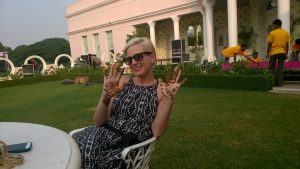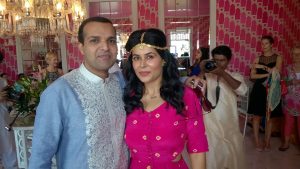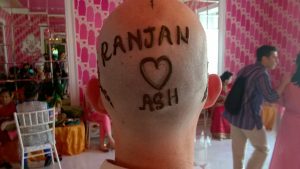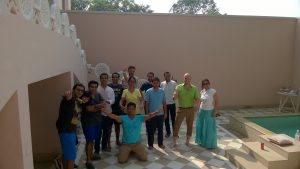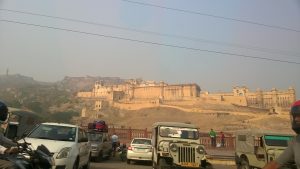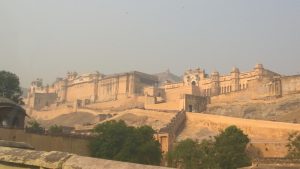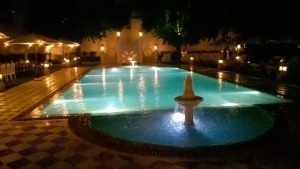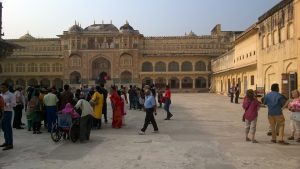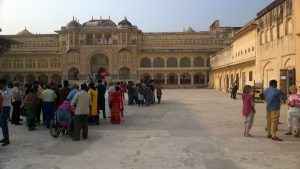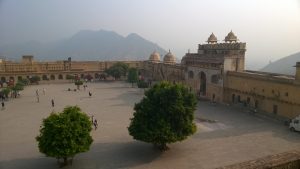Exploring Rajasthan and an Indian Wedding
Exploring Rajasthan and an Indian Wedding
The most fascinating part of India is Rajasthan
While most of my trips to India have been Mumbai based, in 2015 I had the opportunity to explore Rajasthan when I was invited to my friend Ranjan’s wedding. It was the most fun I may ever have had. Rajasthan is a state in the north of the country. It is the largest in India in terms of size, occupying 10 percent of the country, and the seventh largest in terms of population.
My final destination was Jaipur, the capital of the state, but on my travels, I also made my way through Jodhpur, a city located in the Thar Desert, Udaipur, also known as the City of Lakes, and Pushkar, on the sacred Pushkar lakes. I mostly traveled between these locations by train. Getting the train in India is an experience in itself. Just like in the movies, every morsel of space is crammed with people and luggage. This was another place where I saw significant poverty, with people using their train’s captive audience to raise money to live.
Rajasthan offered me a completely different perspective on India than I had gained from the streets of Mumbai. Here people walk the street vested in red, orange and yellow; colors that reflect the sun’s heat and help them keep cool (it’s not just fashion here in Rajasthan). I saw snake charmers coaxing cobras to dance with their flutes on the side of the street, where I was sampling some of the best street food that I encountered in India. I went back more than once for laal, a spicy lamb dish in red gravy. The area is also teeming with historic sites as Rajasthan was the center of the Indus Valley Civilisation, which flourished more than 5,000 years ago.
Jodhpur
Jodhpur is overlooked by a huge Mehrangarh Fort, which is one of the largest in India and dates back to the 15th century. Not only is it an architectural wonder in its own right, but you might recognize it from The Dark Knight, the first Batman film with Christian Bale. Exploring the fort was also a great way to overlook the city and get a feel for its scale.
Also overlooking the city is Jaswant Thada, a brilliant white, late 19th century palace that is surrounded by an immaculate multi-level garden. I spent hours here just soaking up the atmosphere, as though I had stepped back in time.
I also recommend spending half a day at Kailana Lake. While this is an artificial lake constructed in the mid-19th century, it is a bird watchers paradise. For me, it felt like a source of tranquility in the middle of all the hustle and bustle, and even though I am not a bird watcher, I enjoyed spotting some of the spectacular specimens.
Udaipur
Udaipur is sometimes known as the Venice of the East, due to the central role that the lakes play in the character of the city. This is probably best exemplified by a trip to the City Palace, a 16th century construction located on the banks of Pichola Lake. It is a mix of European, Medieval and Chinese styles, and as well as being full of treasures from antiquities, offers amazing views of the city, and direct access to the immense artificial lake.
I actually preferred the City Palace to the Lake Palace, which is a picturesque palace in the center of the lake, but has long since been converted into a luxury hotel and so doesn’t have the same open and communal feel.
Heading away from the water, I also visited the Jagdish Temple. It is a unique mix of Indo-Aryan architecture and it is dedicated to Vishnu, but also has shrines to Shiva, Ganesh and Shakti. I enjoyed passing a bit of time immersing myself in Hindu culture.
Pushkar
While I enjoyed the temples and historic sites in these other cities, I was overwhelmed by the sheer number of temples in Pushkar. Pushkar is a key location for pilgrimage in the Hindu religion, and so is full of temples, some of which are aimed at tourists, and some of which call to the devout.
A highlight for me was visiting one of only three temples in the world dedicated to Brahma (and the only one in India). The temple itself is beautiful, and it was fascinating to understand why this member of the creation triad receives less attention than Vishnu and Shiva. When I left the temple I joined a group that was making the 30 minute trek to the nearby temple of Shivati, the wife of Brahma.
On the recommendation of other visitors, I also sought out the Rangi temple. While the temple itself was a bit of a tourist trap, it was a great starting point for exploring Pushkar’s old market, where I was more interested in watching the people that observing their wares.
Jaipur
In Jaipur, my mind was blown away by the extravagant three day wedding, which I am told was rather conservative by Indian standards. As well as the long ceremony, which was beautiful but made challenging by the heat of the sun, there was feasting and dancing every night. The lavish clothes, delicious food and unique rituals all combined to create a very special experience, and, so far, a happy marriage.
While in Jaipur, I also took the opportunity to explore the city, starting with the Jaigarh Fort, which was literally something out of The Lord of the Rings as it looks out ominously over the wilderness. It is also home to the world’s biggest cannon, which the kid in me just thought was cool. I also visited the 16th century Amber fort, located about 11 kilometers outside the city and so-called because of the beautiful orange color of its sandstone.
I also spent quite a bit of time wandering around Jaipur’s many palaces. The City Palace is the most well-known, and the 18th century construction is now a handcraft museum. But for me, the Hawa Mahal was the most memorable. It’s construction kind of resembles and beehive and it has over 900 windows to provide ventilation, and apparently let the royal women of old keep an eye on the city. The palace has no stairs, but only slopes to move between the five floors.
While Mumbai feels like the heart of the growing entrepreneurial side of India, my trip to Rajasthan offered me a glimpse into India’s rich history. The experience only fueled my desire to learn more.
From Calcutta to Delhi
Just as I enjoy visiting India in the rainy season, it is always a treat when I have the opportunity to be there in November, during the Diwali festival. This is sometimes called Indian Christmas because of its importance and scale. Like Christmas in the United States, people decorate their homes, wear special outfits, and eat, eat, and then eat some more. The festival is dedicated to the goddess of wealth, so it is also a time for extravagance and investment. It is an auspicious time of year for people to invest in new cars, houses and so forth.
One year I spent this time in the north of the country, traveling east to west from Kolkata to Delhi, and visiting some of India’s most important religious sites on the way.
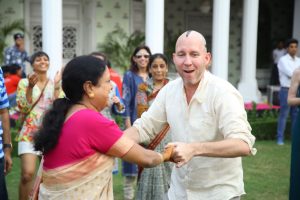
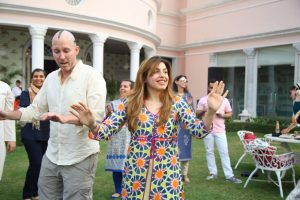
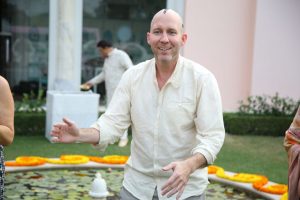
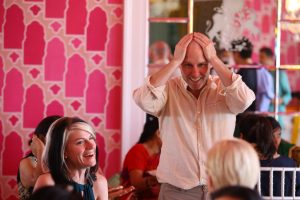
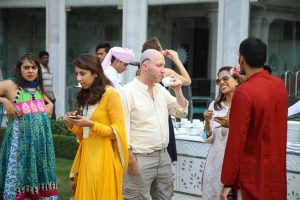
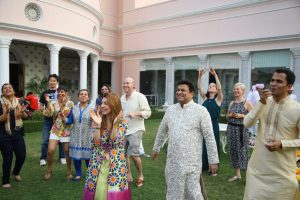
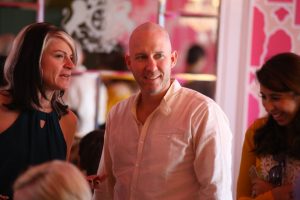
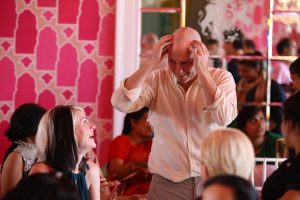

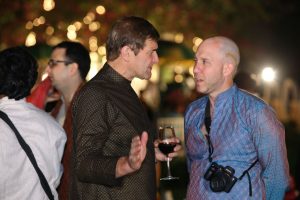
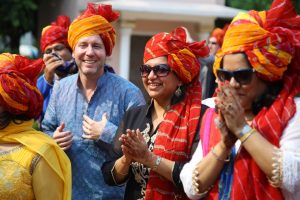
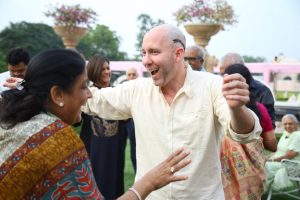
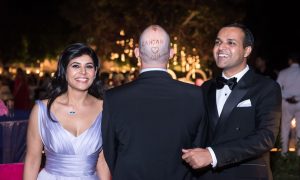
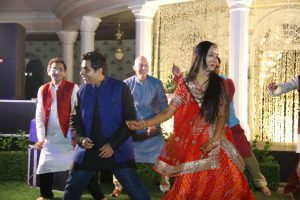
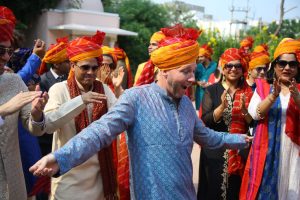
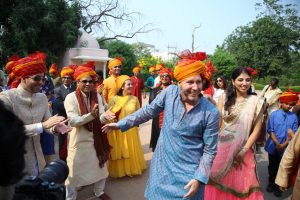
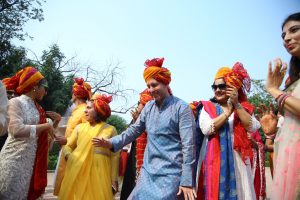

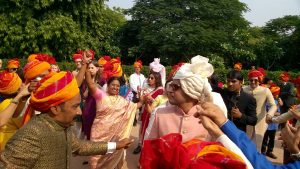
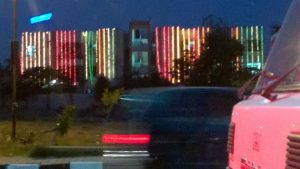
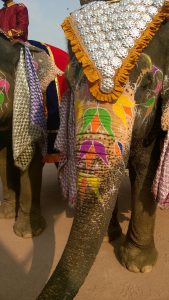
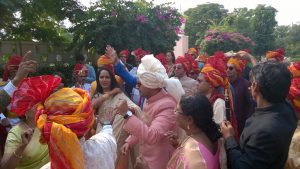
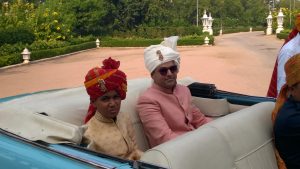
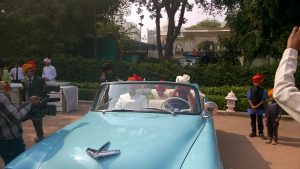
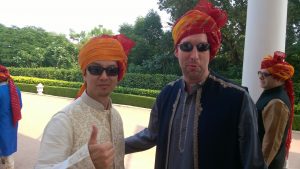
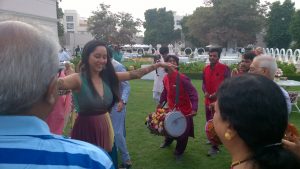
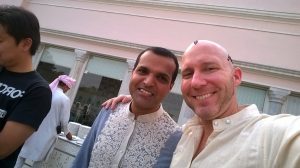
Taken with Lumia Selfie
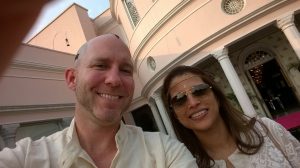
Taken with Lumia Selfie
